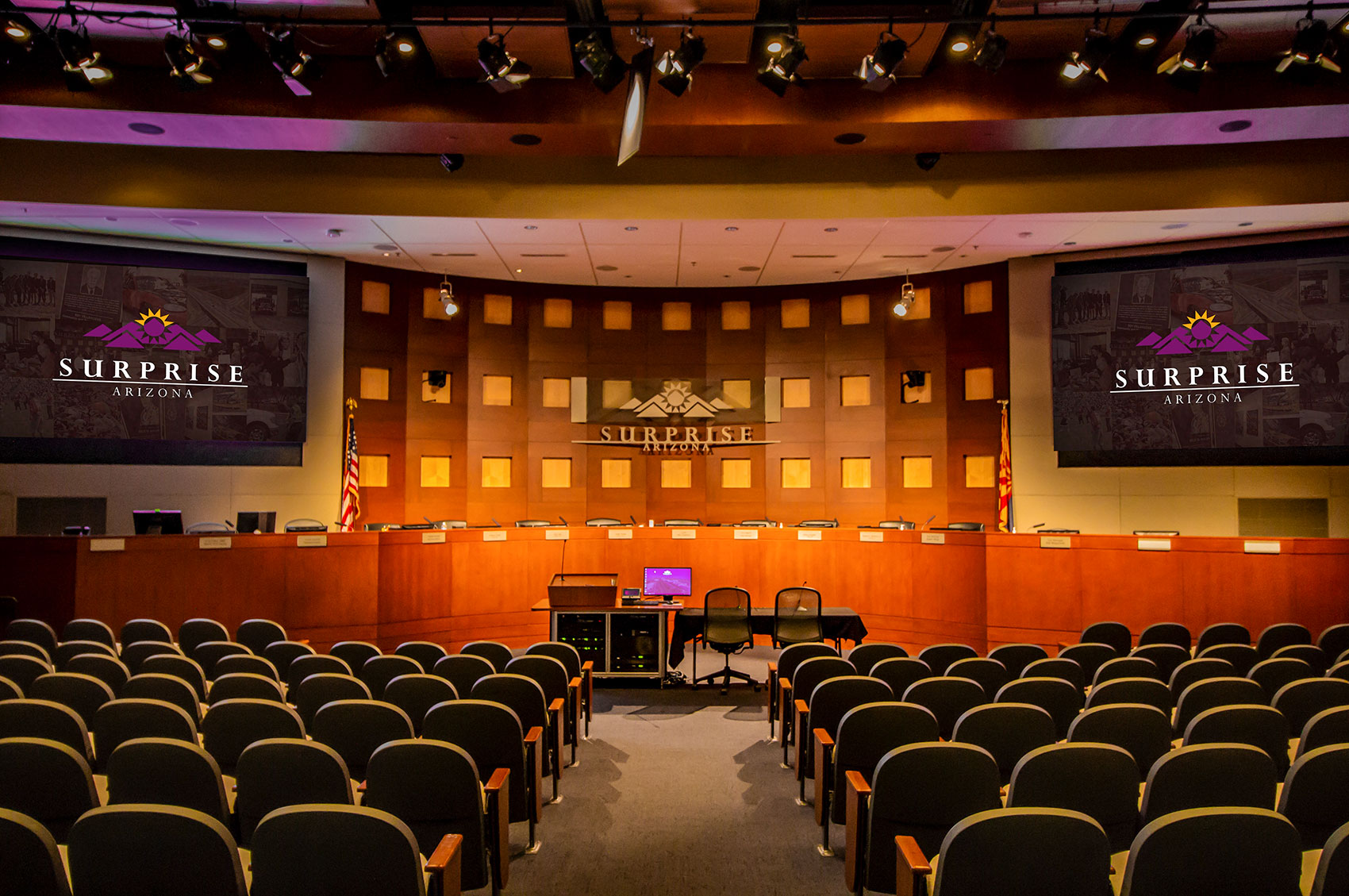
5 Reasons the Government Needs Updated Technology
For companies in the private sector, updated technology is critical to beating competitors and increasing revenue, so many businesses build their budgets to prioritize AV and IT spending. For public sector organizations, however, updating technology is not so simple. An incremental, year-to-year budgeting process can make large capital investments in technology difficult. And, because government agencies are not profit—or competition—driven, big tech investments can be difficult to justify. However, updated technology and the way it improves business processes, delivery and customer satisfaction should be just as important to the public sector as it is to the private sector. Here are five reasons government agencies and organizations should update their technology.
Improve Government Service by Improving Technology
- Improve customer experience. The government has customers just like the private sector does, and their experience should matter. Government agencies of any size can use AV technology solutions such as interactive digital signage and digital message boards to provide easy access to timely information. Updated AV can also help government organizations connect with citizens through methods such as streaming town hall meetings and other public forums.
- Reduce repetition. Deloitte suggests government agencies use AI-powered technologies such as “bots” to take over repetitive administrative tasks. Rather than using machines to replace humans entirely, state governments in Ohio and Texas are using robotic process automation to create an augmented, “no collar” government workforce where employees have more time to focus on high-level, strategic and mission-critical tasks.
- Deliver services in new, efficient ways. While the type of work government agencies conduct doesn’t change very often, updated technology can help agencies do that work more efficiently and effectively. For example, the United States Postal Service (USPS) is using new technology applications to enhance the traditional package tracking experience. USPS created a digital model of their supply chain so customers can preview and manage mail and packages digitally using email notifications, an online dashboard or a mobile app. The Transportation Security Administration increased the efficiency of the airport security process by using predictive technology solutions that allow frequent travelers to get background checks before they fly and move much more quickly through security. The PreCheck program improved efficiency by reducing overall wait times for all travelers and freeing up airport security staff to focus on higher-risk travelers.
- Improve collaboration. Collaboration between local, state and federal government entities is more important than ever to address issues such as security, and community health and safety. For example, after concerns over hacking during the 2016 election season, state election officials have begun a partnership with the U.S. Department of Homeland Security that allows the two entities to collaborate on cybersecurity. Updated AV technology will help facilitate a new level of coordination between local, state and federal governments on election-related security.
- Increase security. According to Samsung, 92 percent of federal IT managers say modernizing their IT infrastructure to improve security is a critical priority. Many government agencies are turning to cloud services to increase efficiency, security and compliance. Network monitoring systems can also help public sector organizations identify and address critical vulnerabilities, manage access, and protect high-value assets.
Next Steps
Although they are not competing for customers or operating in an environment driven by the bottom line, government agencies can and should invest in new, updated technology solutions that improve satisfaction, efficiency and security. To get started, reach out to us here or click the chatbox below to connect instantly. We look forward to working with you.

